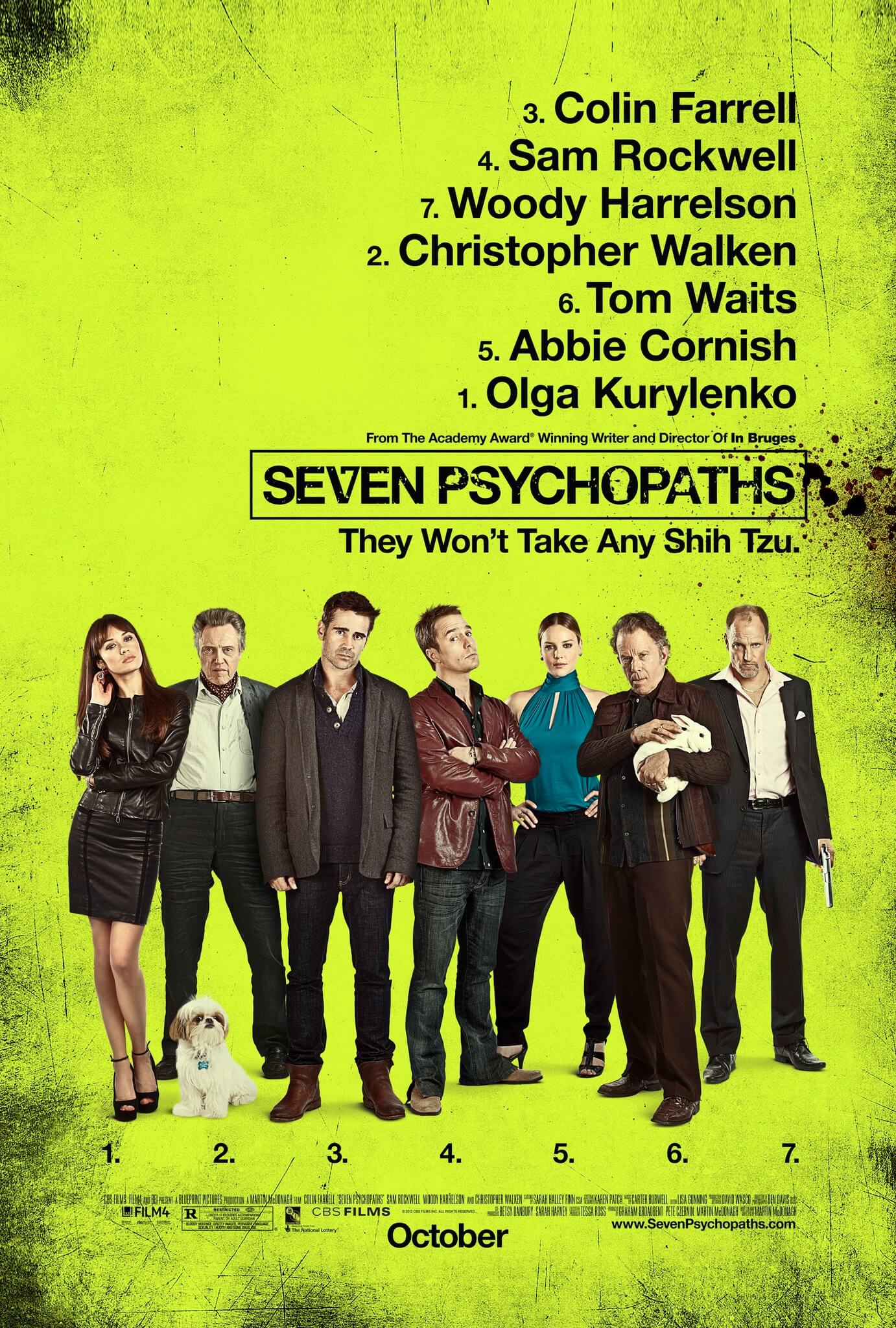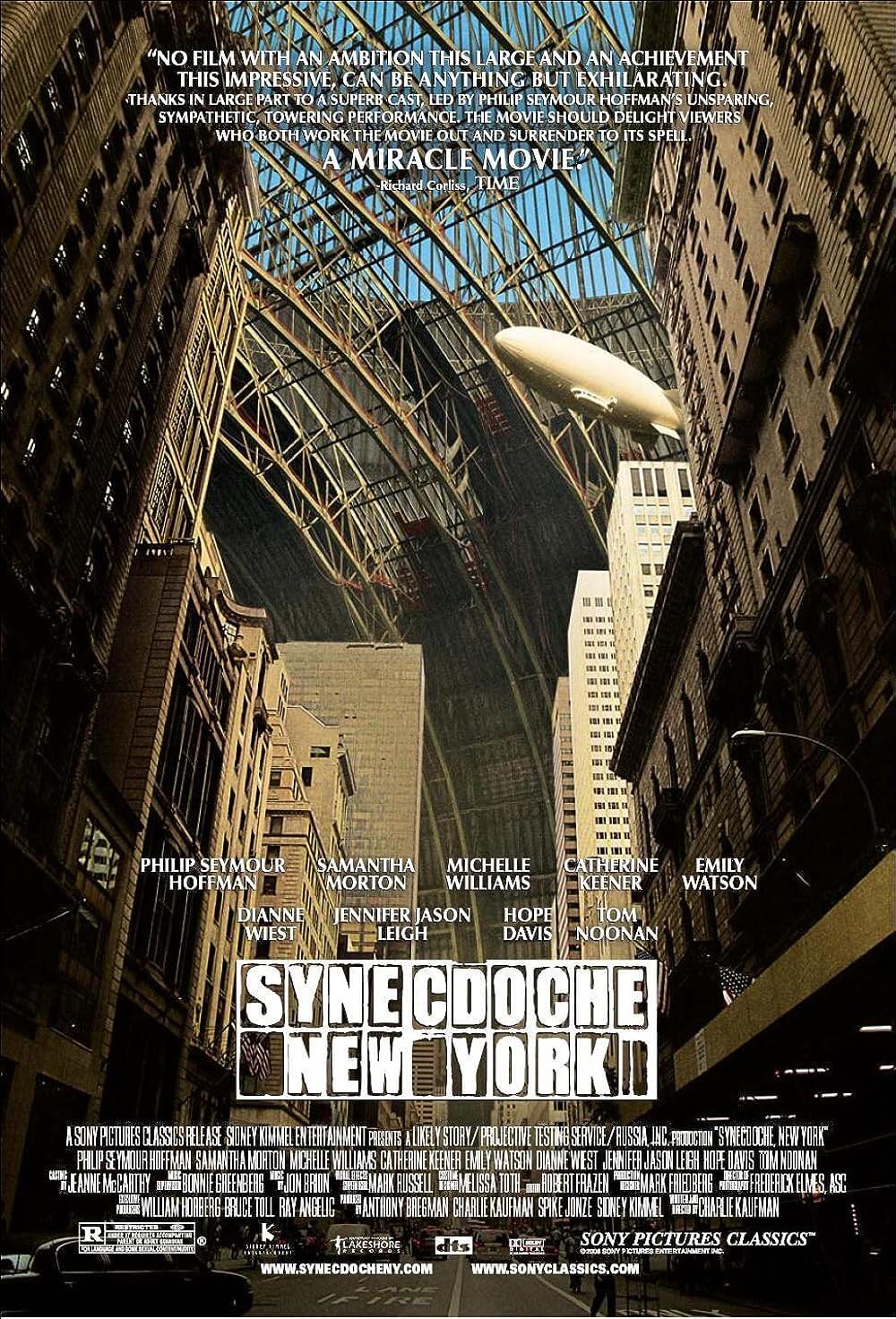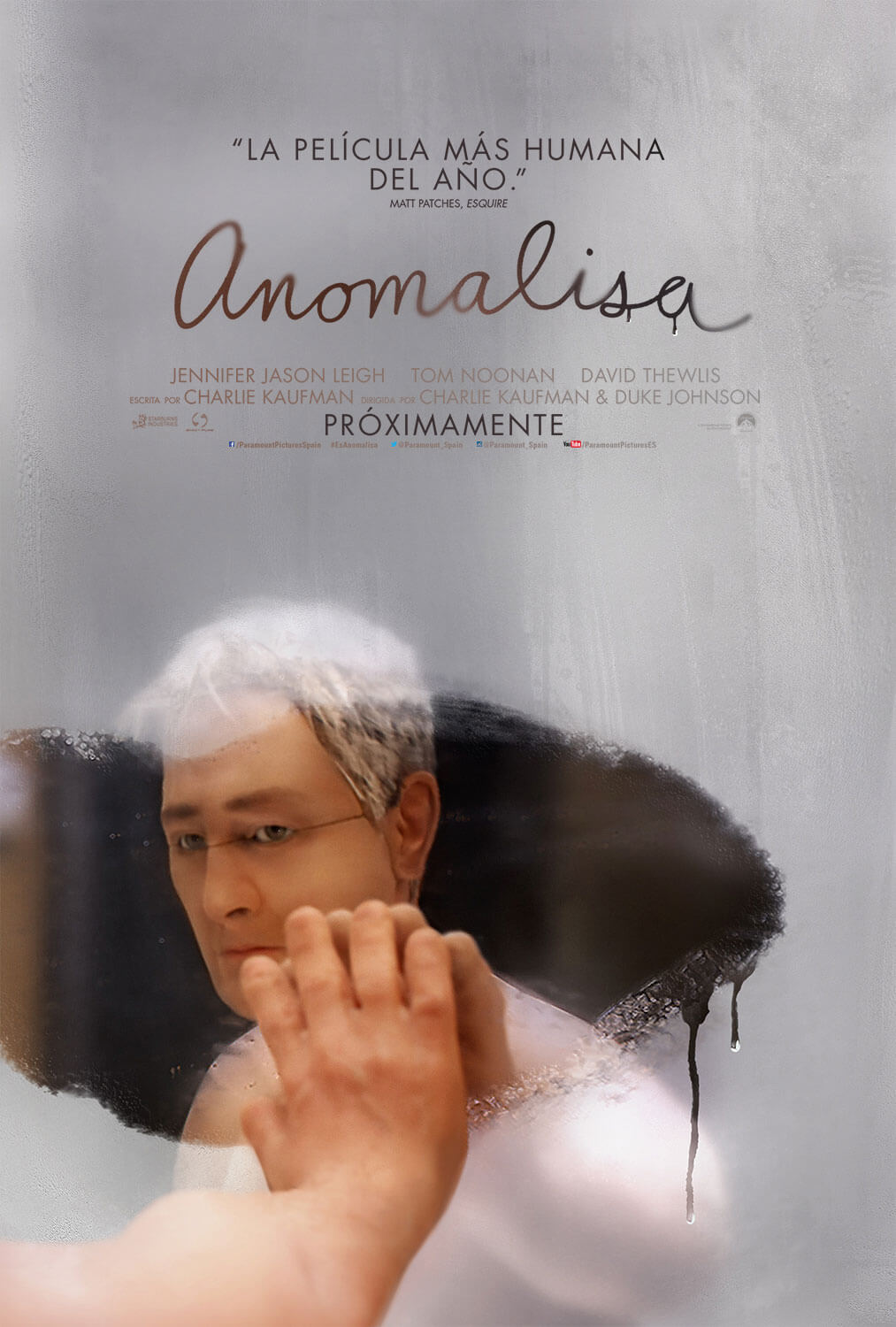Reader's Choice
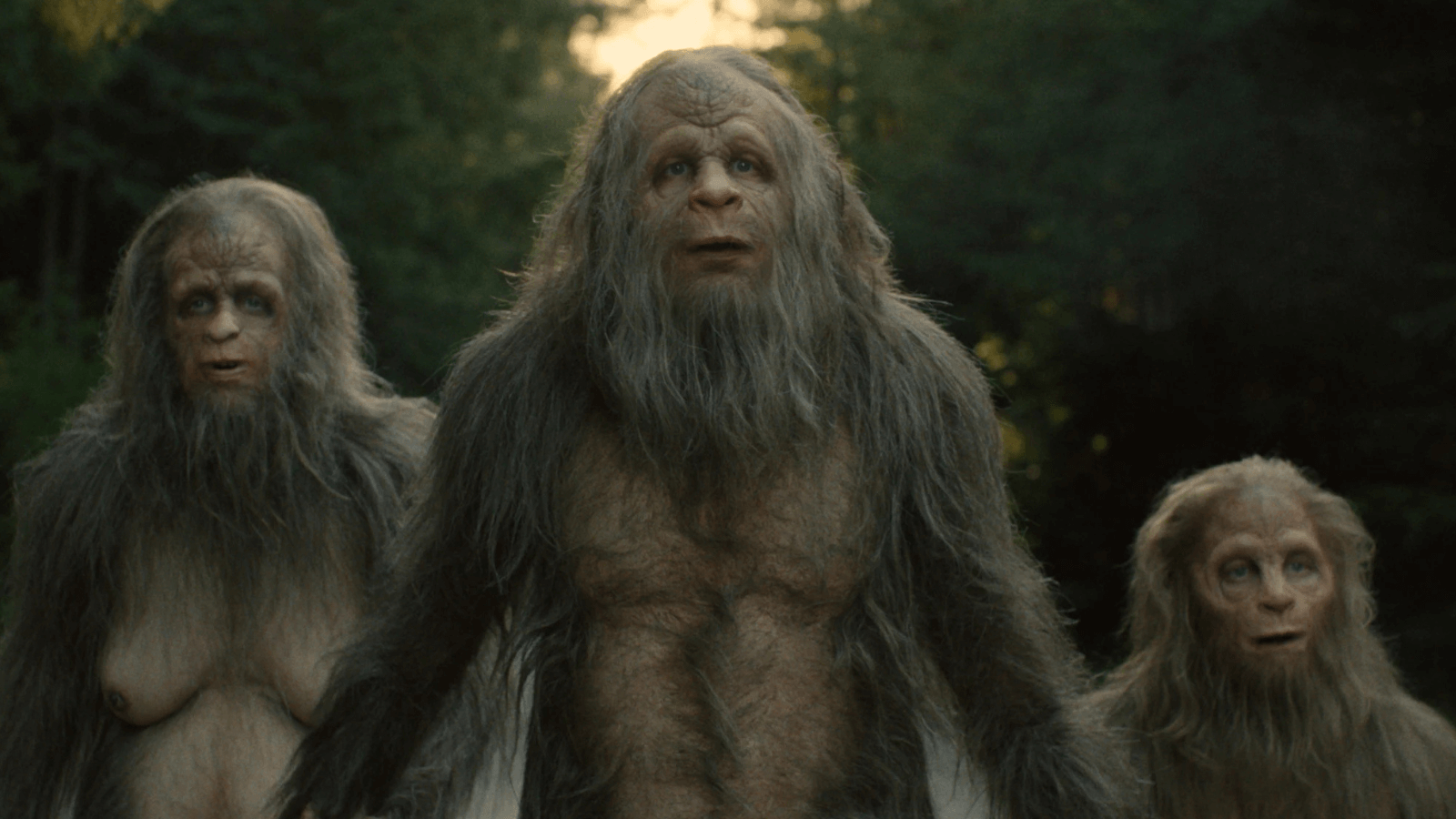
Sasquatch Sunset
By Brian Eggert |
Would you believe me if I told you a film about four Sasquatches was one of my most oddly moving cinematic experiences of recent memory? The latest from independent filmmakers David and Nathan Zellner, Sasquatch Sunset offers a thoughtful, sensitive, if often hilarious and silly, look at a year in the life of folkloric simians. Bigfoot has never been treated with such compassion, not even in Harry and the Hendersons (1987). More often, the creature inhabits the same realm as conspiracy theorists and low-budget horror, such as Willow Creek (2014). However, the Zellners have a knack for treating even the most outlandish situations with an emotional integrity some might deem unbefitting. The sibling filmmakers approach the material with the curiosity of anthropologists or Nature documentarians observing without judgment, yet also with a sense of existentialism that mourns the Sasquatches’ passing due to bad luck, deforestation, and other factors. That doesn’t mean Sasquatch Sunset is humorless; quite the opposite. The Zellners find humor in bodily processes and behavioral idiosyncrasies, often with the fascination of an immature teenager. Still, the film has a tenderness and empathy that overrides its moments of absurdist and gross-out humor, leaving the viewer with an overwhelming melancholy by the final frames.
The Zellners have had these cryptids on the brain since they first started making short films. Their 2001 short Frontier depicts a woman who encounters a Sasquatch, which smashes an egg on her head, leaves briefly, and then returns to toss several more at her before scampering off. Their next venture into the world of these ape-like humanoids arrived a decade later with Sasquatch Birth Journal 2, which won a prize at the Sundance Film Festival and centered on a female specimen, standing in a tree, straining to find the footing to push out her child. When the baby arrives, it plops onto the ground below with an amusing thud. The Zellners’ films have always had a somewhat goofy tone and, quite irrationally, they also boast an emotional resonance. Their characters aren’t the smartest people; they often make terrible decisions—see Robert Pattinson’s character in Damsel (2018). However, they’re not merely the butt of the Zellners’ joke presented for the audience’s amusement. There’s a lingering sadness to their features that makes every laugh bittersweet. Consider the balance of nonsensicality and feeling in their cult favorite Kumiko, the Treasure Hunter (2014), a story that considers an urban legend about a woman who died looking for the buried money from Fargo (1996); that balance imbues the tale with a harrowing portrait of loneliness.
Sasquatch Sunset is the Austin-based duo’s most ambitious and unconventional film to date. It features no human characters, though the looming presence of humanity grows as the film continues. Human campsites and industrial logging encroach on the Sasquatches’ territory, shot and set in the Pacific Northwest. The film follows four creatures, each played by a human actor in a convincing, practical suit. Whereas most Hollywood productions would rely on motion-capture CGI, as seen in Fox’s recent Planet of the Apes series, the independent Zellners have neither the budget nor the inclination for something so flashy. Instead, the makeup effects used to create the Sasquatches look tangible and part of the physical world, allowing the characters to feel like they belong in their surroundings. It’s a refreshingly analog experience, requiring little suspension of disbelief—apart from, you know, the very concept of Bigfoot. If you’re a believer, then more power to you. This critic has never bought into the myth, but that doesn’t mean Sasquatch Sunset didn’t bring tears to my eyes.
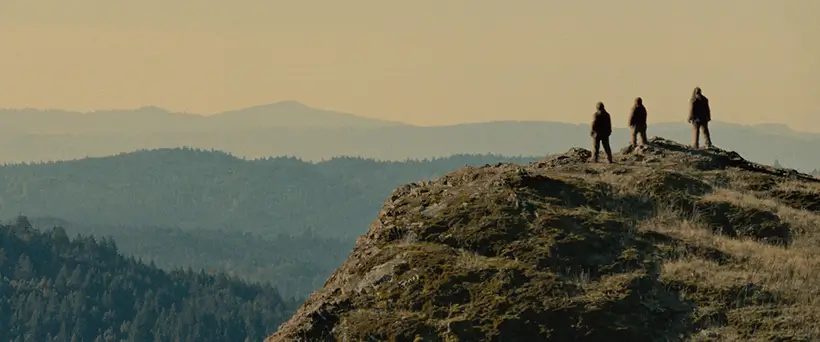
The four Sasquatches in the film are played by skilled actors who have learned to pantomime through layers of latex rubber and false fur. They look gray-brown with large foreheads, deep-set eyes, patchy fur, and hairless front torsos, yet they have expressive faces that communicate clear emotions. They’re the next generation of actor-in-costume primates after the hominids in the opening of 2001: A Space Odyssey (1968). They do not speak, and the Zellners offer no subtitles to explain their “ugh” and “ah” grunts. Each of the four actors must communicate without known words, adding decipherable inflections that, along with the context of any situation, give the viewer an idea of what they’re saying. Riley Keough plays the group’s only female, and her beleaguered eyes grow more wearisome as the film progresses. Her son, played by Christophe Zajac-Denek, still occasionally suckles from her; though, he’s perhaps too old to be feeding from his mother. But who can know for sure? Jesse Eisenberg plays an adult male, certainly more intuitive and restrained than the leader of their pack. Their alpha is played by Nathan Zellner, the largest and most aggressive of the bunch, but he’s also the most impetuous and even petty.
The Sasquatches in the film have distinct personalities and idiosyncrasies befitting human beings; the Zellners aren’t above anthropomorphizing them in amusingly recognizable ways. For instance, Zajac-Denek’s youngster has an imaginary friend in his hand, whom he speaks to in little squeaks that I found to be riotous. He responds to the hand puppet, engaging in conversations that suggest his friend has a personality, even a sixth sense—similar to how, in The Shining (1980), Danny talks to his psychic friend Tony in his finger. Eisenberg’s thoughtful beta male struggles to count stars in the night’s sky, bird eggs in a nest, or the rings of a cut-down tree, getting lost in his language’s unintelligible numbering system. Much of the film’s humor involves physical processes that every animal performs, though in this context, they feel closely related to those acts humans usually try to hide. Defecation, erections, smelly crotches, panicked urination, sexual intercourse, birth, retching, shit-tossing, and death all factor into the proceedings, offering an alternately hilarious and frank portrait of everyday life for these characters. This humor often registers as juvenile at first, but there’s an unflinching reality to what the Zellners depict, as though they’re documentarians who refuse to look away, even when things get messy. Then again, they seem to enjoy dabbling in the grotesque as well.
The film takes place over the course of a year, starting in spring, with titles announcing each season. The group consists of omnivores who spend their days foraging for plants; though, they also eat insects and consume fish eggs by squeezing them out of the fish and into their mouths like a package of Go-GURT. To be sure, they have a wonderful sense of curiosity, but it sometimes gets the better of them. When the youngster kisses a turtle, it snaps back, and when they try to remove the reptile, it stretches out his tongue like a cartoon. Later, when the alpha male discovers a new berry bush, his voracious consumption sends him on a downward spiral of frustrated, unrequited horniness, resulting in bad experiences with mushrooms and a mountain lion. After the female discovers she’s pregnant, any inkling of sexuality disinterests her, so the alpha resolves to take out his sexual frustration on a branch with an alluring hole in the middle. This recognizable behavior extends to burying their dead and placing artistically arranged plants on the gravesite, followed by a period of pensive disquiet that cannot help but register as sadness.
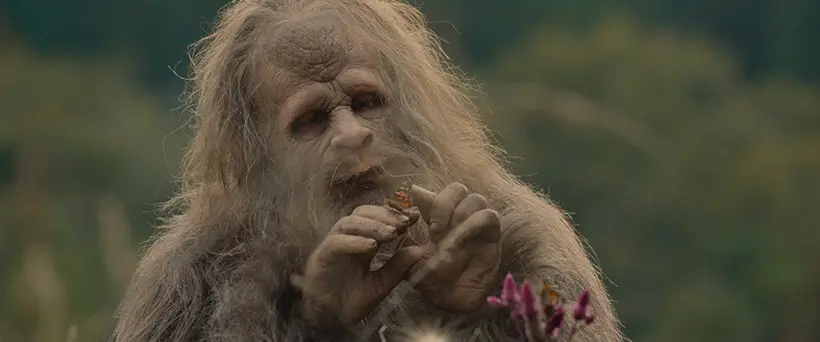
At any given moment during the film, the viewer might step back and think, “What am I watching?” The Zellners have made a very strange movie, but I admire its weirdness and blend of tones from comic to tender. There hasn’t been anything quite like it before, unless you count caveman fare such as Quest for Fire (1981) or The Clan of the Cave Bear (1986). Like those examples, Sasquatch Sunset is also quite beautiful. Shot by cinematographer Mike Gioulakis, who brought distinct visuals to the films of David Robert Mitchell, Jordan Peele, and M. Night Shyamalan, the film has a handsome presentation thanks to the sprawling landscapes throughout. It has the effect of a silent movie, where dialogue is unnecessary, and body language accounts for every emotion. Keough and Eisenberg, above all, communicate so much through their eye-acting. And as their pack wanders among the redwoods, it becomes clear that they are among the last of their kind. Occasionally, they each wield a stick and, when prompted by their leader, howl and bang on a tree in unison—a call sent out across the forest in hopes of hearing another group of Sasquatches nearby respond. But it becomes ever more apparent that no one ever will. The title isn’t just a case of cute alliteration; it’s a mournful goodbye to a species that has much in common with humanity. They, too, bury their dead. They feel a sense of recognition when looking in a mirror. And they can sense the end coming.
At one point early in the film, the Sasquatches find a tree spray-painted with a red “X” and ponder what it means, recalling the protohumans mesmerized by the alien monolith in 2001: A Space Odyssey. The film’s soulful acoustic guitar score by the Zellners’ longtime collaborators, The Octopus Project, occasionally takes a disorienting turn into other-worldly sounds, suggesting, like Kurbrick’s film, that a major change will follow. Signs appear everywhere, such as a paved forest road or smoke billowing over the horizon with apocalyptic fury. At this, Keough’s eyes have a look that asks, “Is this all there is to this life?” What is next for the Sasquatches? How will they survive humanity’s encroachment on their wide-open territory, which gradually shrinks, along with their numbers? For all the Zellners’ interest in bawdy, physical humor and scientific (albeit fictional) curiosity, they give their characters an emotional truth that clings to the viewer long afterward. If it’s a comic fantasy, it’s also a sorrowful look at a species that sees not only its extinction but, in a woeful sign of The End, its very existence become the stuff of folk tales and mythology.
(Note: This review was originally posted to Patreon on April 17, 2024.)
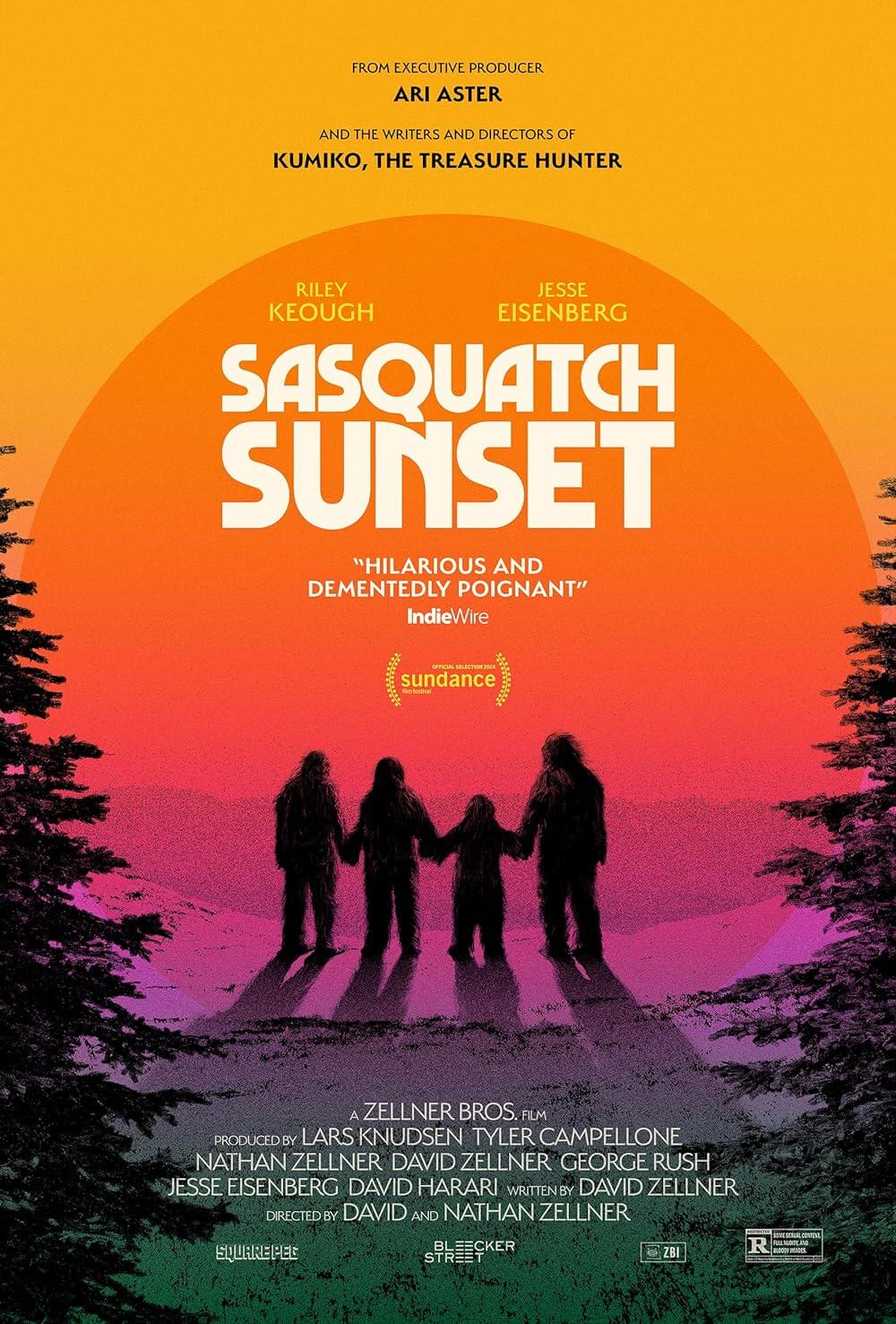
Thank You for Supporting Independent Film Criticism
If the work on DFR has added something meaningful to your love of movies, please consider supporting it.
Here are a few ways to show your support: make a one-time donation, join DFR’s Patreon for access to exclusive writing, or show your support in other ways.
Your contribution helps keep this site running independently. However you choose to support the site, please know that it’s appreciated.
Thank you for reading, and for making this work possible.
Brian Eggert | Critic, Founder
Deep Focus Review


